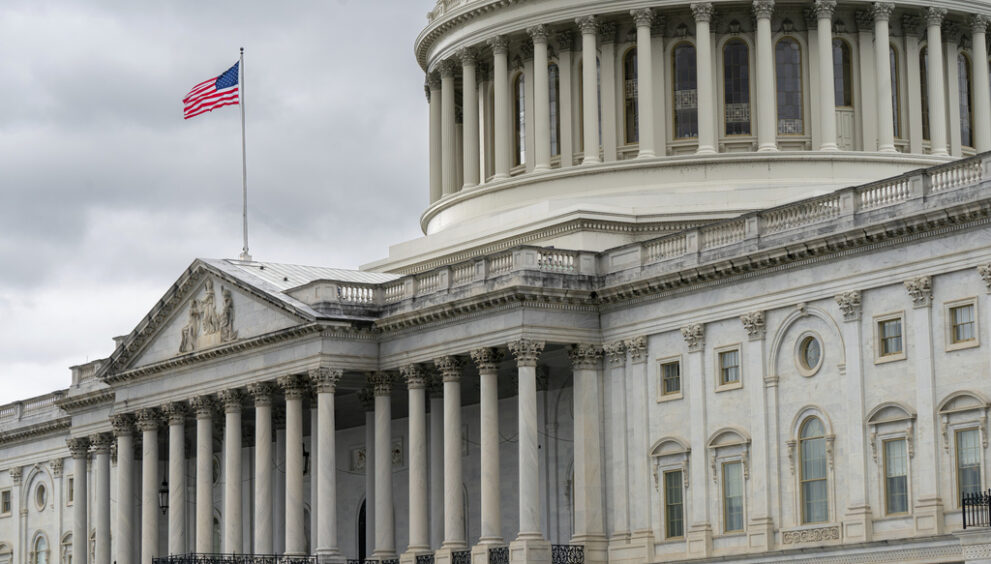Streamlining Federal Spending by Empowering States

When President Trump proposed that state governments should take more responsibility for handling disasters and other affairs, he raised a critical question about the role of the federal government. Each year, the federal government gives back more than a trillion dollars that it collects through taxes from individuals back to the states. This raises the question – do we truly require this federal intermediary? Perhaps a more efficient solution would be to reduce federal taxes, enabling individuals to retain more of their earnings and states to access these funds as needed.
If Trump is successful in significantly reducing the federal workforce, states might have no option but to be at the forefront in dealing with the challenges they encounter. According to data from USAFacts.com, in fiscal year 2023, federal transfers to state and local governments amounted to $1.1 trillion, accounting for approximately 17.6% of federal spending.
Although federal handouts to states had been steadily increasing since 1990, 2020 witnessed a notable surge due to pandemic relief efforts, peaking at $1.4 trillion in 2021 before slightly decreasing to $1.3 trillion in 2022. While it was understandable for the government to allocate funds early in the pandemic when the economy was severely impacted, the situation has significantly improved, making these elevated federal handouts unnecessary.
In 2023, over half of the funds allocated to states, $634.2 billion, were directed towards Medicaid and Children’s Health Insurance Programs. Additionally, federal money was also allocated for education, highways, and the Supplemental Nutrition Assistance Program along with various other purposes, offering crucial assistance to millions of Americans.
The essential point to note is that the funds initially belong to individuals residing in the states. By reducing federal taxes and leaving more money in the states, taxpayers’ earnings could be better appropriated to address local needs. While it is possible that state taxes might increase to compensate for the loss of federal handouts, the total amount necessary would likely be substantially lower than current expenditures, considering the existing system’s flawed economic incentives.
Moreover, the current system encourages politicians to leverage handouts for political gain, leading to excessive federal spending. The joint federal-state programs are often manipulated by states to maximize federal funding, resulting in an unsustainable dependency on federal resources. Additionally, federal funding can serve as a crutch for states grappling with poor management practices, exemplified by situations like recent wildfires in Los Angeles linked to insufficient state and city governance.
To align with the U.S. Constitution’s Tenth Amendment, which reserves powers not specifically designated to Washington for states and the people, empowering states to manage their challenges is a fundamental concept. By reducing federal spending and granting states greater responsibility, as proposed by Trump, the government could streamline fiscal processes and promote state accountability.
While it might not be feasible to eliminate the entire $1.1 trillion in federal outlays, Congress could significantly reduce this amount, enabling states to retain more funds for essential services. Relying on the federal government for financial assistance should be a last resort for states, with the emphasis on individual states taking charge of addressing their needs, thereby fostering a culture of self-reliance over federal dependence.
Merrill Matthews, a respected public policy and political analyst, highlights the importance of transitioning towards a system where states play a more prominent role in crisis management, promoting efficiency and accountability in addressing challenges.






















































































































































































































































































































































































































































































































































































































































































































































































































































































































































































































































































































































































































































































































































































































































































































































































































































































































































































































































































































































































































































































































































































































































































































































































































































































































































































































































































































































